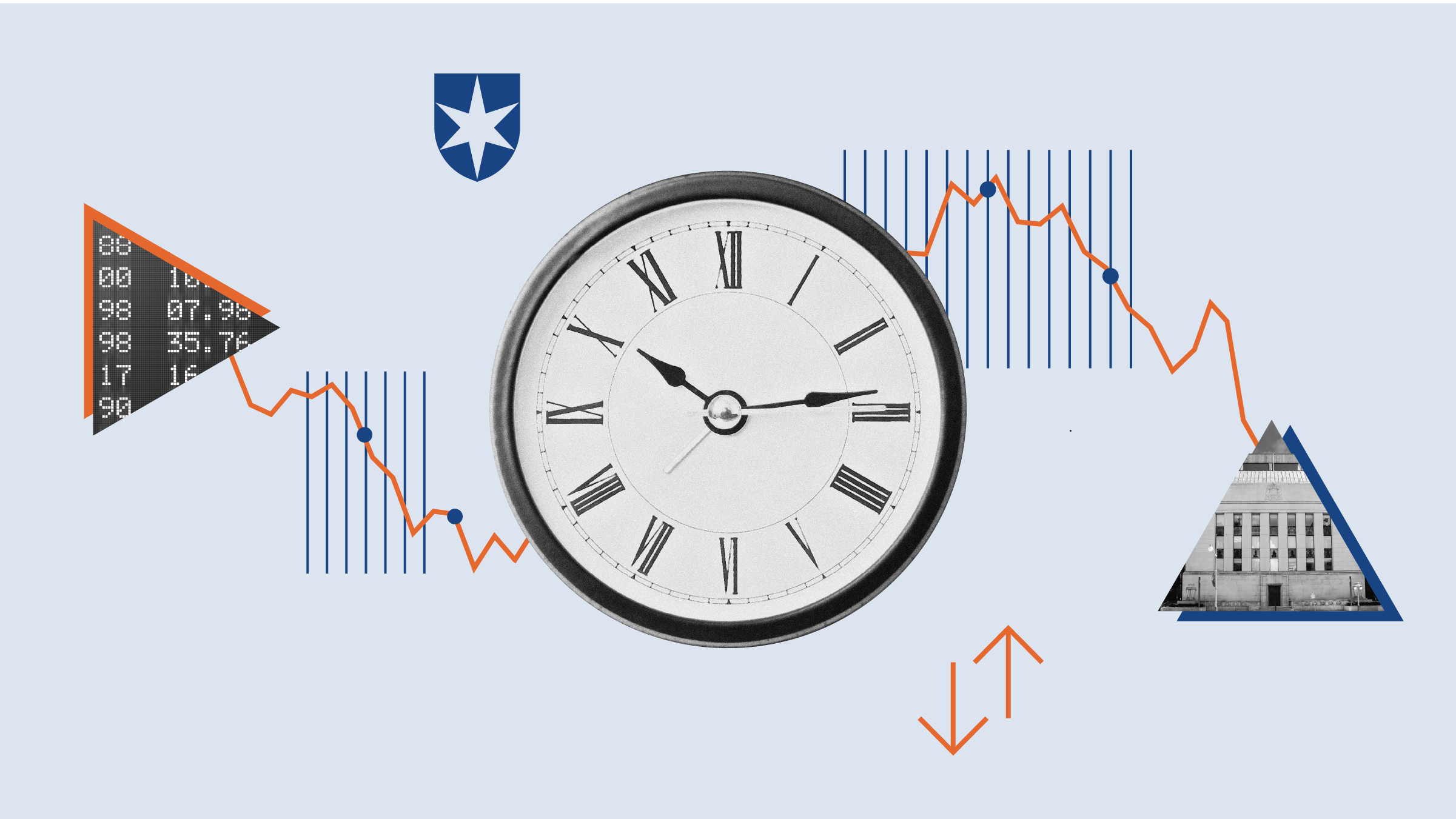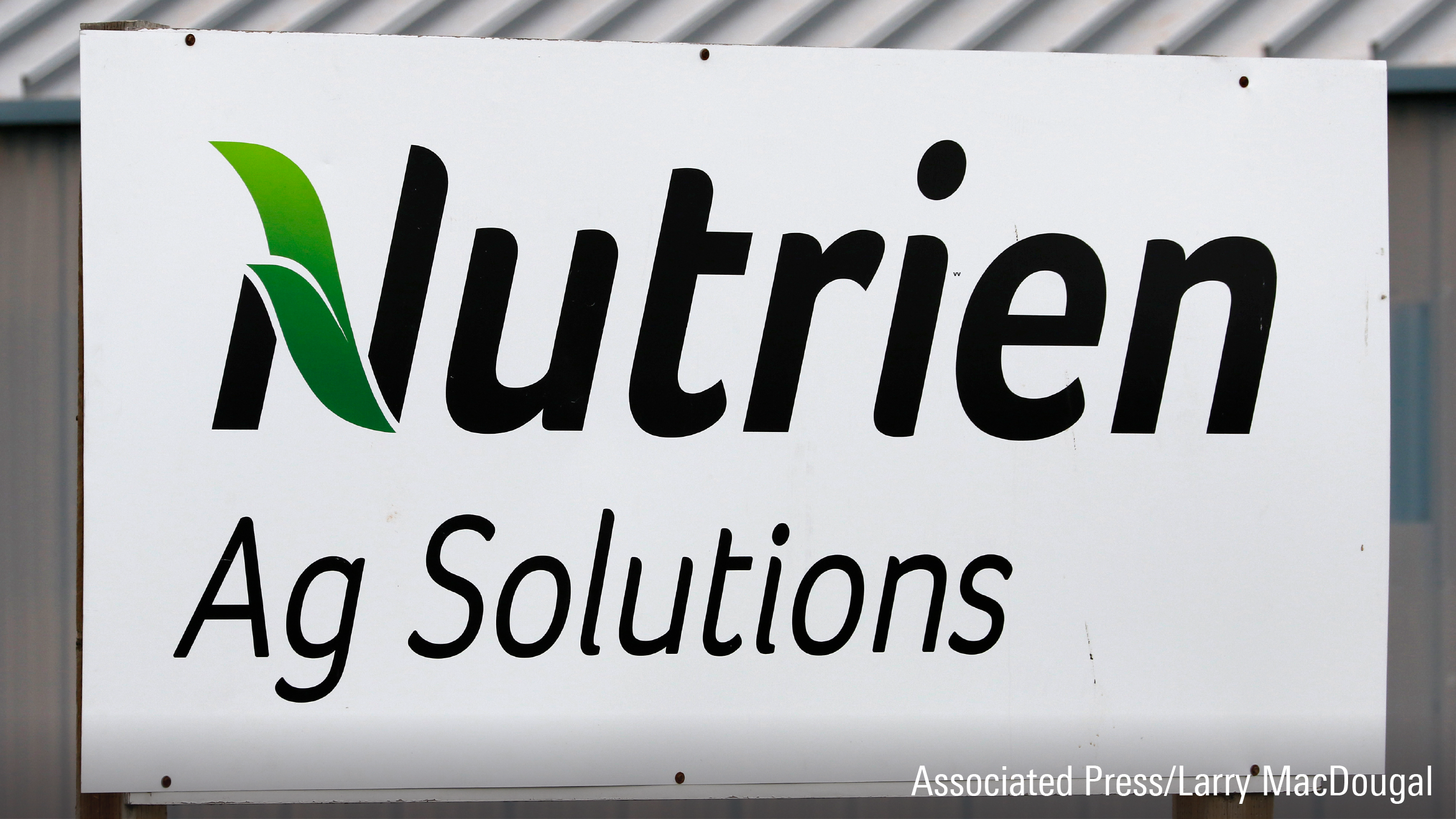The following is part of our Financial Planning To-Do List special report.
Whether it's your desktop, kitchen counter, purse, wallet or car (or all of the above), clutter has a way of taking over unless you stay vigilant. Mail piles up, as do receipts and business cards. There are scraps of paper with completely unrecognizable phone numbers and weird tchotchkes from conferences you attended. Electronics detritus is another clutter category that has been moving up the charts: There are chargers, flash drives and various power cables for devices that perished long ago.
While it's less visible to the naked eye, clutter can also overtake your portfolio if you're not careful. Old RRSPs or pension plans can pile up; brokerage accounts that you started with the best of intentions can lie fallow, racking up service charges. Clutter can crop up within those accounts, too: What started as a slim portfolio of just a couple of holdings may have gotten more complicated as you amassed more assets and went looking for more diversification.
Clutter in your financial life -- like clutter on your desktop -- has the potential to distract you from the main jobs at hand. You may not bother reviewing and maintaining your portfolio if it has too many moving parts, because you know that doing so will entail a boring afternoon of data entry and searching for passwords. It can be hard to get your arms around the real levers that determine the success or failure of your plan, like your total retirement portfolio's asset allocation or the expenses you're paying. In addition, if something should happen to you, a too complicated portfolio could make life difficult for your loved ones who are left to pick up the pieces.
In short, investing some time in simplifying your portfolio -- and indeed your whole investment plan -- is an investment of time that can pay dividends for many years to come. Here are the key steps to take to combat investment clutter and simplify your plan.
Step 1: Look for ways to consolidate like accounts.
While it would be nice if you could rely on a single vehicle with tax benefits for retirement funding, the reality is more complicated. Depending on your income and employment situation, you can stash your assets in an array of tax-sheltered vehicles, including company-sponsored pension plans, RRSPs and TFSAs. You can also invest outside of the confines of those tax-advantaged options by employing taxable brokerage accounts; this is often necessary for high-income types who have made the maximum allowable contributions to their tax-sheltered options. Couples' financial affairs can get even more complicated because RRSPs and company retirement plans are maintained for each individual, not for the entire family.
Yet while it's inevitable that most people will have at least a few accounts, and married couples will need to maintain separate tax-sheltered accounts in their own names, it's still worthwhile to consolidate what you can. Taxable accounts can generally be collapsed together; if you're not serious about stock investing, get rid of that small discount brokerage account. Multiple RRSPs can be consolidated into a single large plan.
Step 2: Strip your investment strategy down to the essentials.
In addition to streamlining the number of accounts that you hold, assess whether a simplified investment selection and portfolio management strategy may be able to do the job just as well as a more complicated one. To help home in on an investment approach that's streamlined and effective, see if you can't distill your strategy into words that will fit on a single 4" by 6" index card, as discussed here. In a similar vein, working up an investment policy statement and a retirement policy statement (if you're retired) can help you articulate a clear and uncluttered approach to portfolio management. You can also use your IPS and RPS as "explainers" to help bring your spouse or other trusted love one up to speed on the strategy you're using. (If your IPS and RPS are multipage documents with lots of investment jargon, go back to the drawing board.)
Step 3: Swap into broadly diversified investment types.
I know, I know: You love your [insert favourite niche investment type here]. But in the interest of simplification, everyone should also take a close look at whether two or three well-diversified holdings per account can take the place of a lot of smaller, more narrowly focused ones.
I've often enthused about broad-market index funds and exchange-traded funds as a terrific choice for investment minimalists of all life stages. Such funds give investors exposure to whole market sectors in a single shot, while also helping to lower the total costs of the portfolio. Employing such investment types can go hand in hand with a more simplified portfolio strategy: Because broad-market index funds provide undiluted exposure to a given asset class (a U.S. equity index fund won't be holding cash or bonds, for example), you can readily keep track of the portfolio's asset-allocation mix. Moreover, in retirement, a retiree can readily rebalance out of highly appreciated index funds to shake off cash for living expenses.
Multi-asset funds that combine both stocks and bonds may also serve a worthwhile role in a portfolio, especially for smaller accounts that you're actively tapping. However, they may not be the best solution as a source of in-retirement cash flows because they don't afford you any control over what part of the portfolio gets sold to provide income.
Step 4: Automate as much as you can.
Think about how effortless contributing to your pension plan is. The money goes in every two weeks and is allocated across the investments of your choice; assuming you have a sane asset allocation mix given your age and keep on plowing the money into the account, you can do nothing to your plan for years and still end up OK.
The good news is that it's possible to use automation in other parts of your plan, too. If you're still contributing to your retirement accounts, you can use an automatic-investment program for your RRSPs and brokerage account, giving your financial provider authority to extract money directly from your chequing account on a pre-set schedule.
Decumulators can also take advantage of automation, authorizing their financial providers to make their required minimum RRIF withdrawals on an ongoing basis, thereby supplying the cash flow they need for their living expenses and ensuring they don't miss RRIF requirements.
Step 5: Create a master directory.
In addition to the investment policy statement and retirement policy statement (if applicable), another essential document for investors at all life stages is a master directory documenting each financial account, including investments as well as other accounts like mortgages and credit cards. By creating and maintaining a master directory, you'll have a single resource with the crucial details on all of your accounts, including account numbers and URLs--no more hunting around for missing details or hitting the "lost my password" button.
A master directory can also be an invaluable component of your estate plan, in that your executor will readily be able to identify your financial accounts. Because your master directory contains much sensitive information, it's crucial that you keep it safe -- either in a password-protected electronic document or, if a paper document, under lock and key.
Step 6: Manage paper clutter.
Managing paper clutter--and seeing to the safe disposal of those sensitive documents -- can be time-consuming and may also distract you from your core jobs: keeping your portfolio on track. Moreover, all those paper statements may be costing you money, as many investment providers now charge extra for paper document delivery. This article discusses tips for organizing your financial documents.















